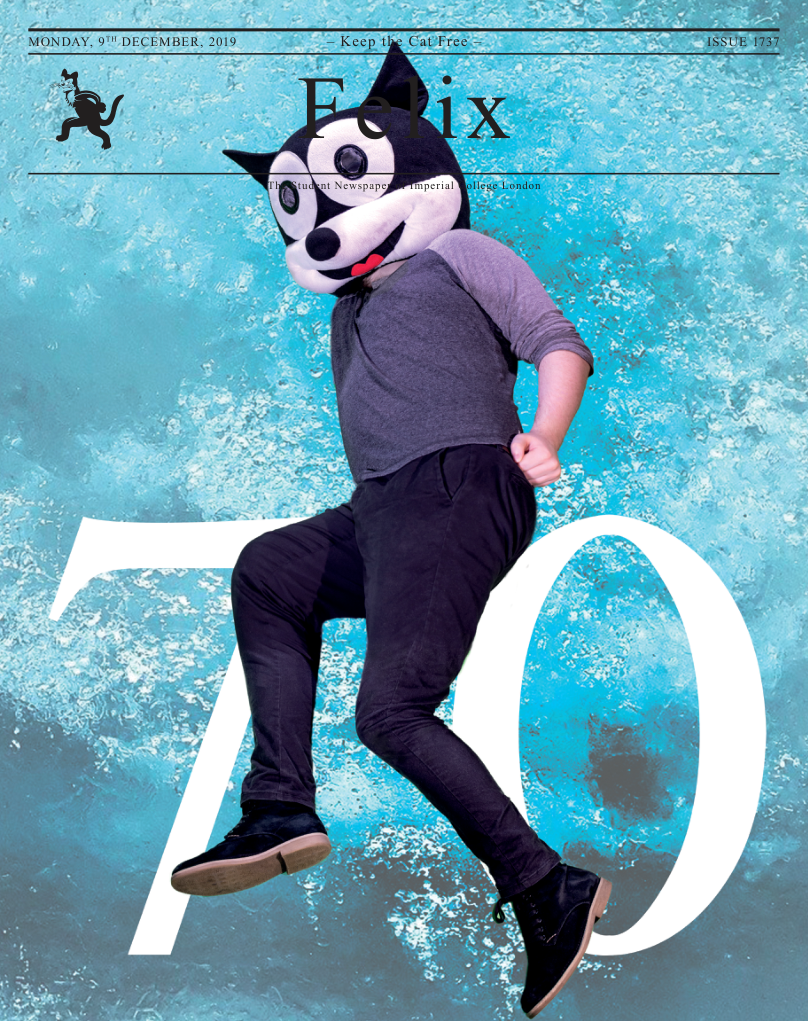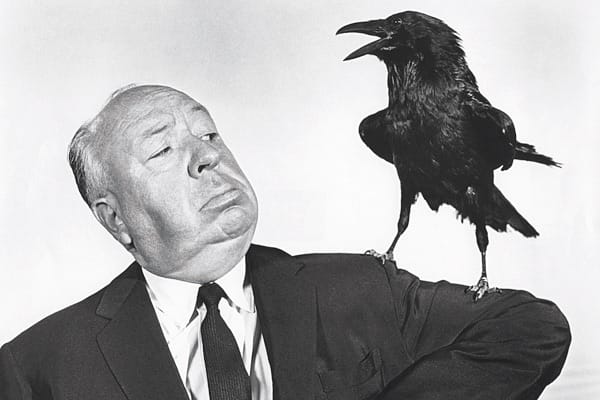The Third Man (1949): A Look at the Film Turning 70

Looking back at this aged and distant film allows you to visualise the significant amount of time that has passed since Felix was established in 1949, and also gives some relevant perspective in the advances cinema has made. Written by Graham Greene, the film centres around Holly Martins (Joseph Cotton) following his pursuit of the truth in finding the nature of Harry Lime’s (Orson Welles) death.
For the first half of this film we’re thrust into the unknown, with our perspective being entirely that of Martins’. We’re left to unpack the details of the events preceding his arrival in Vienna as we’re trying to paint a picture of what’s happened up to this point with Martins being drawn to Lime’s lover Anna Schmidt (Alida Valli).
About one hour in, we’re treated to one of the most iconic entrances of any character in the history of cinema: a shrill of a cat, a flash of light in the doorway, and Orson Welles introduces himself into this film as Lime, grabbing our attention immediately. Here we see the full themes of the film revealed to us, with morals beginning to go askew as we’re shown the true nature of Harry Lime. Welles’ performance in this film is characteristically brilliant, stealing the show every time we’re greeted with him on screen; the scene on the Riesanrad with the now infamous speech showcases his casual ability to draw the audience in, both charismatically and effortlessly.
With the soundtrack written and performed entirely on a zither by Anton Karas, the almost spellbinding twangs and plucks wholly set the mood for the film, as it examines themes of morals, deceit, and love. The cinematography also brilliantly reflects the plot and nature of the film. We’re often given ‘wonky’ camera angles, shifting the axis ever-so-lightly as we swap between characters in dialogue, leading to a feeling of disorientation and uncertainty that was so present in Vienna at the time. We’re also given iconic shots in the sewer chase scene, with silhouettes painted in the dimly lit passages, culminating in an exhilarating ending between Lime and Martins.
Given more space to write this review I would have liked to touch on the dynamic between Martins and Schmidt, examining slight details in the interactions between the two that were brilliantly written. But as it stands all I’ll say is that the final scene of this film couldn’t have been better; a fitting end to a brilliant film.









